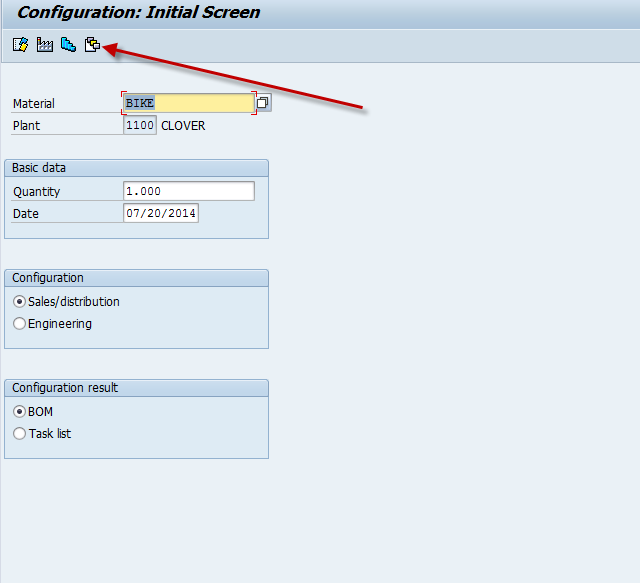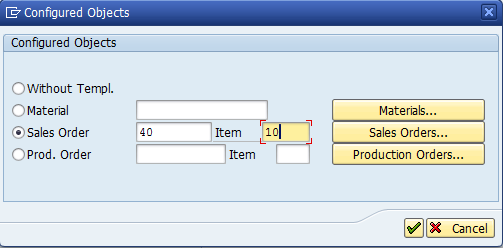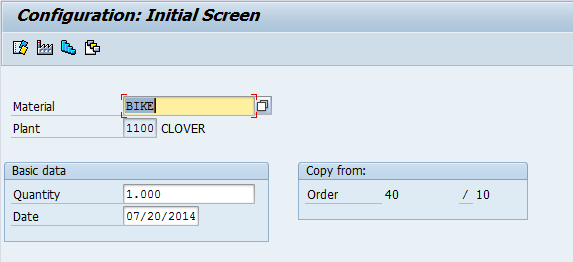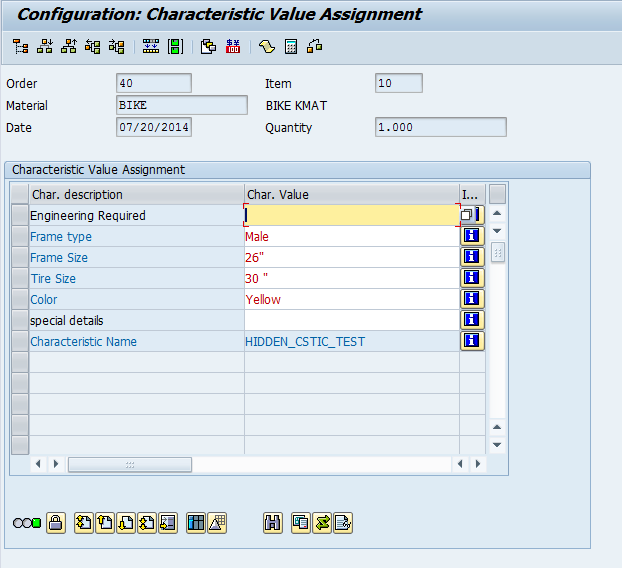It’s interesting, because as long as I’ve been doing service, I’ve always tended to be hands off on this portion of the process. I left it to the MM or WM person to set this up. I won’t pretend to be an expert or go deep into the configuration, but the overall process is something i wanted share. Let’s start at the beginning. What am I talking about when I say service parts staging? I’m talking about the process of getting components that will be used in a repair to the service storage location so they can be easily issued to the order upon completion. It also serves to “secure” the inventor for service.
Now, several of the things I just said, require a little more explanation, and I’ll get to them to shortly. First, I need to digress a little and explain the 3 most common scenarios for service inventory.
1. Service uses it’s own IM managed storage location. Any additional inventory is acquired from an IM managed warehouse. This scenario is the most common and the most straight forward. Inventory can be completely managed using material movements.
2. Service uses it’ own IM managed storage location. Any additional inventory is acquired from a WM managed warehouse. This is somewhat common, but still happens in the minority of facilities. In general, WM tends to be used only for large warehouse with a large number of components. This scenario becomes much for complicated because any time you deal with a “mixed” environment, you have to deal with material movements, transfer requirements and transfer orders.
3. Service exists in the same WM warehouse as the inventory it may need. While this sounds like an easy environment, it’s still a bit of a challenge because service management has no integration with warehouse management. Now production orders can integrate with WM cleanly (at least in this scenario).
Now, the heart of the issue come from getting the parts to the service order when it’s needed. This inevitably means that service will need stock from somewhere else. It really doesn’t matter which of the 3 scenarios you are talking about, each presents it’s own set of challenges. At the end of the day, we just need components in a location that the service department can access them.
Now, let’s take scenario 1 & 2 together. let’s say we have a storage location called SERV. This will be the SLOC that service uses. Now, the inventory that service and production both use will be in a SLOC called INVN. Now for your service parts, at the end of the day, it doesn’t matter if INVN is IM or WM. To get the parts, you need to execute a material movement, like 311, and then send the pick list over to the warehouse to pick the parts and deliver them. If INVN is Warehouse managed, just doing the 311 movement will generate a negative that can be converted to a TR/TO to actually move the parts from the bins of your choosing using LB12 or some other variation to create the . Now, the major challenge is creating the material list to transfer, and then of course performing the actual move. Now, the good news is that the components are “reserved” because in SAP they have moved to SERV, however the physical move still needs to happen, so it’s important to make sure the pick list gets sent to the warehouse to complete the loop when using the 311 method in advance.
Scenario 3 is actually quite a bit easier. Since it is completely within WM, SAP provides a transaction called LP10, that allows you enter in the order and then select what bins to pull the material from, and then deliver it to appropriate service order.
As you can see, getting components to the service order isn’t as easy as it looks. There is significant work, and this should play an important part in your blueprinting for service. Determining if you want to deal with WM or IM in your service area is an important consideration.
Thanks for reading,




